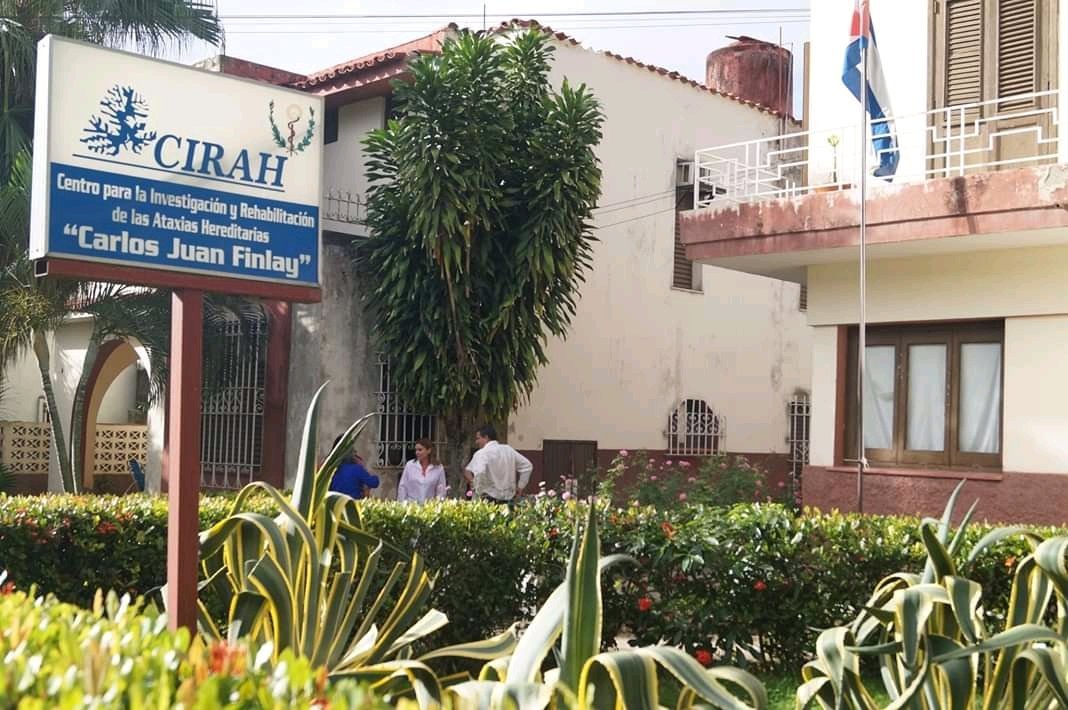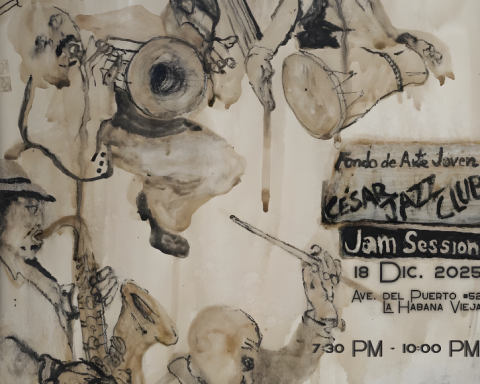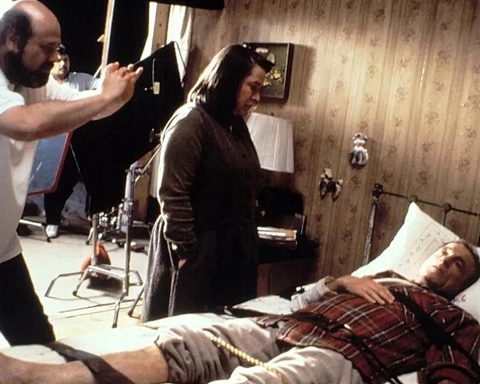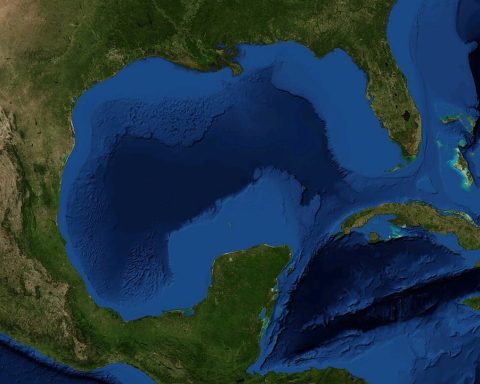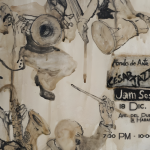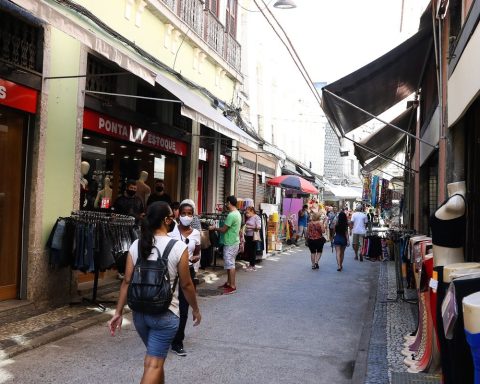Updated statistics indicate that Cuba is the country with the largest number of patients with Spinocerebellar Ataxia Type 2 and descendants at risk of suffering from it, according to official media on the island.
The statistics of Ministry of Public Health (MINSAP) from Cuba, handled in a reportage published on the official website Cubadebate, point out that more than 1000 patients with some type of hereditary ataxia have been diagnosed in the country. They are grouped into more than 200 families and there are about 10,000 descendants at risk of developing the disease.
#Cuba It is the country that in the world concentrates the largest number of patients and descendants at risk of getting sick from Spinocerebellar Ataxia Type 2. ?
?? Research on this topic is among the priorities of scientific research on the island. https://t.co/B78l2Mzzn4 pic.twitter.com/DC7PWUxvWj— SMC_SaludCuba (@SMC_SaludCuba) September 13, 2022
“Hereditary ataxias are a group of degenerative diseases of the nervous system, both central and peripheral, that have a progressive and disabling course over time and produce motor disability in people who suffer from them,” explained the Doctor in Sciences, Luis C. Velázquez Pérez, who for more than two decades directed the Center for Research and Rehabilitation of Hereditary Ataxias of Holguín (CIRAH).
“This leads them to the wheelchair, bedridden and many die due to the presence of diseases intercurrent, that is, respiratory diseases, bronchopneumonia, among others”, adds the specialist.
There are almost 50 molecular forms of Spinocerebellar Ataxias, of which Ataxia SCA3 or Machado Joseph’s disease is the most frequent. It is followed by Spinocerebellar Ataxia Type 2.
Studies have determined that it is a disease caused by a mutation in the long arm of chromosome 12, which produces a genetic alteration, which leads to the death of neurons, structures fundamentally of the cerebellum and other parts of the brain. nervous system, leading to disorders of coordination, balance, gait, language. The condition worsens over time, says Vázquez Pérez.
The average age of onset of this disease is around 30 years, although it can affect younger people, including children. According to Edilberto Carmona Tamayo and Lisandra Fariñas Acosta, authors of the report, statistics indicate that the worldwide prevalence of hereditary ataxias is approximately 3 to 5 cases per 100,000 inhabitants, but in Cuba it exceeds 30 cases per 100,000 inhabitants.
“We are talking about a hereditary disease. In other words, it has an autosomal dominant inheritance pattern, which means that each descendant of a sick person has an a priori 50% risk of developing the disease,” said the expert.
Especially the province of Holguin, in eastern Cuba, brings together the largest number of patients, since it exceeds 50 cases per 100,000 inhabitants. However, they have been distributed nationwide, especially in the western region and more in the capital over the years, the publication refers.
“You have to remember that Holguín contributes approximately 15% of the entire population that migrates to the capital, and that is one of the reasons why Havana has several patients,” said Vázquez Pérez, current president of the Havana Academy of Sciences. Cuba.
Regarding the location in Cuba, and especially in Holguín, of the highest prevalence of the disease, Doctor of Science Roberto Rodríguez Labrada, current deputy director of the Cuban Neuroscience Center (CNEURO), points out that after historical, epidemiological and Genetic studies carried out for years in the country, the most supported hypothesis is that there is a founder effect of the mutation.
#Cuba. The Center for Research and Rehabilitation of Hereditary Ataxias (Cirah) emerged in #Holguin in order to perform treatment that improves the quality of life of patients. pic.twitter.com/QFmnMe8jCi
— CMKO Radius Angle? (@radioangulo) March 14, 2019
“Everything seems to indicate that, since colonial times, in the 17th century, a colonizer entered the country with the mutation or a pre-mutational state of the gene. This —together with the sociocultural conditions of this region at the time, consanguineous marriages, closed cycles of reproduction in search of sustaining the assets and wealth of wealthy families— could have resulted in an increase in the frequency of mutation in this population. “, said.
So far there is no curative treatment for ataxias, nor medications that significantly slow down the course of the disease. The treatment today of these patients consists of physical therapy focused on rehabilitation, physiotherapy and physical exercises.
However, the report states that biomarkers of high scientific value have already been discovered, the mechanisms that produce these diseases are better known, and the sites where degeneration begins even before the first symptoms of the disease appear.
